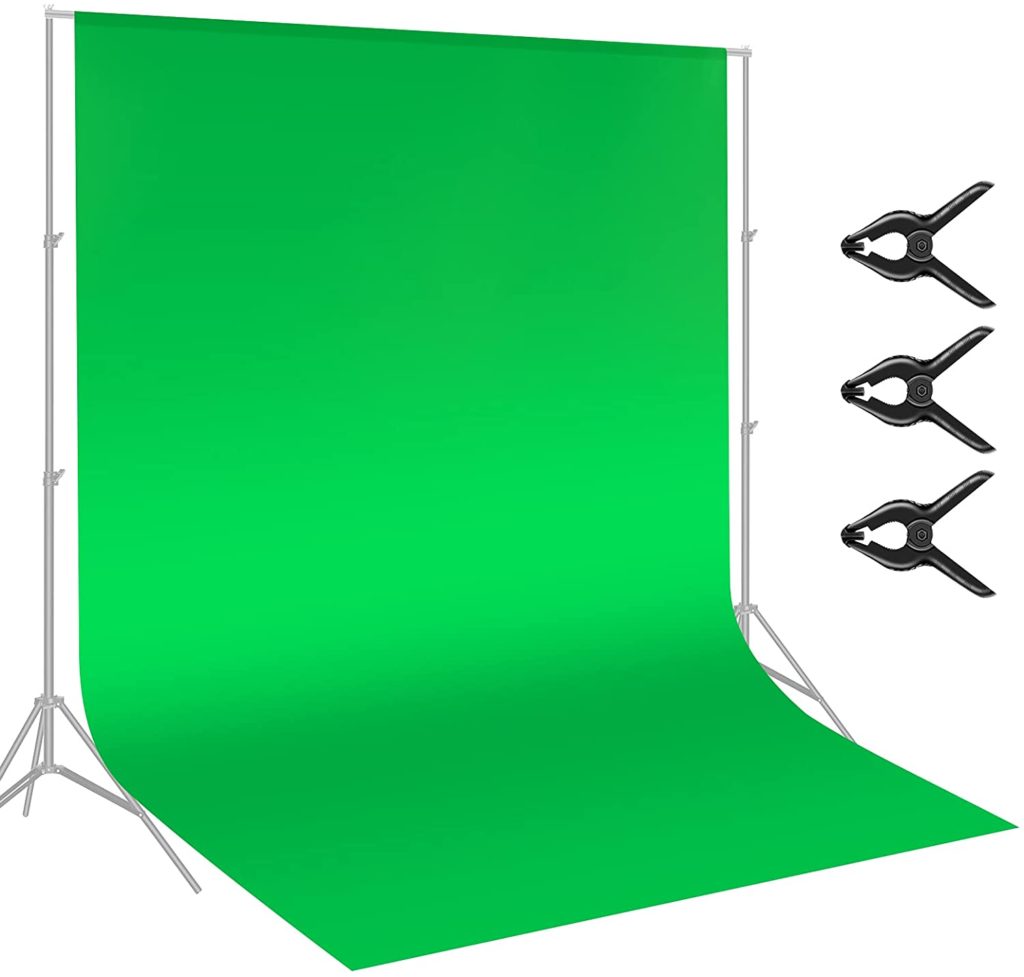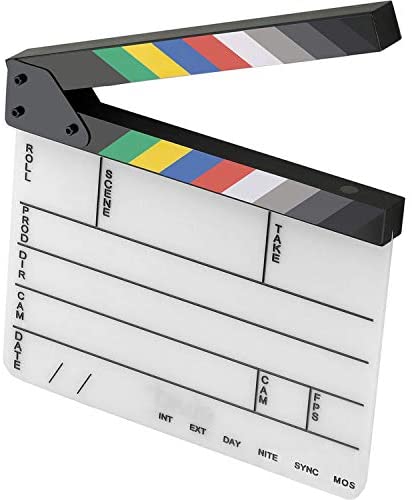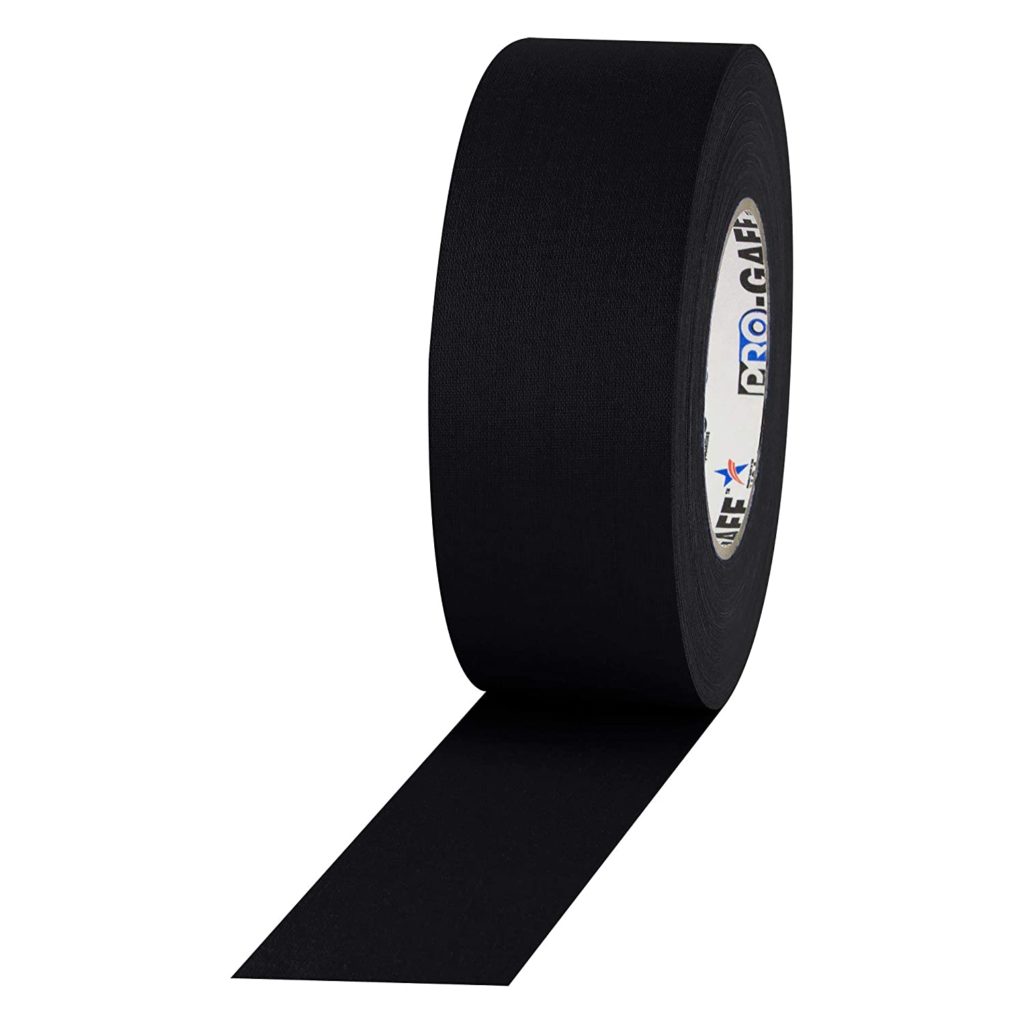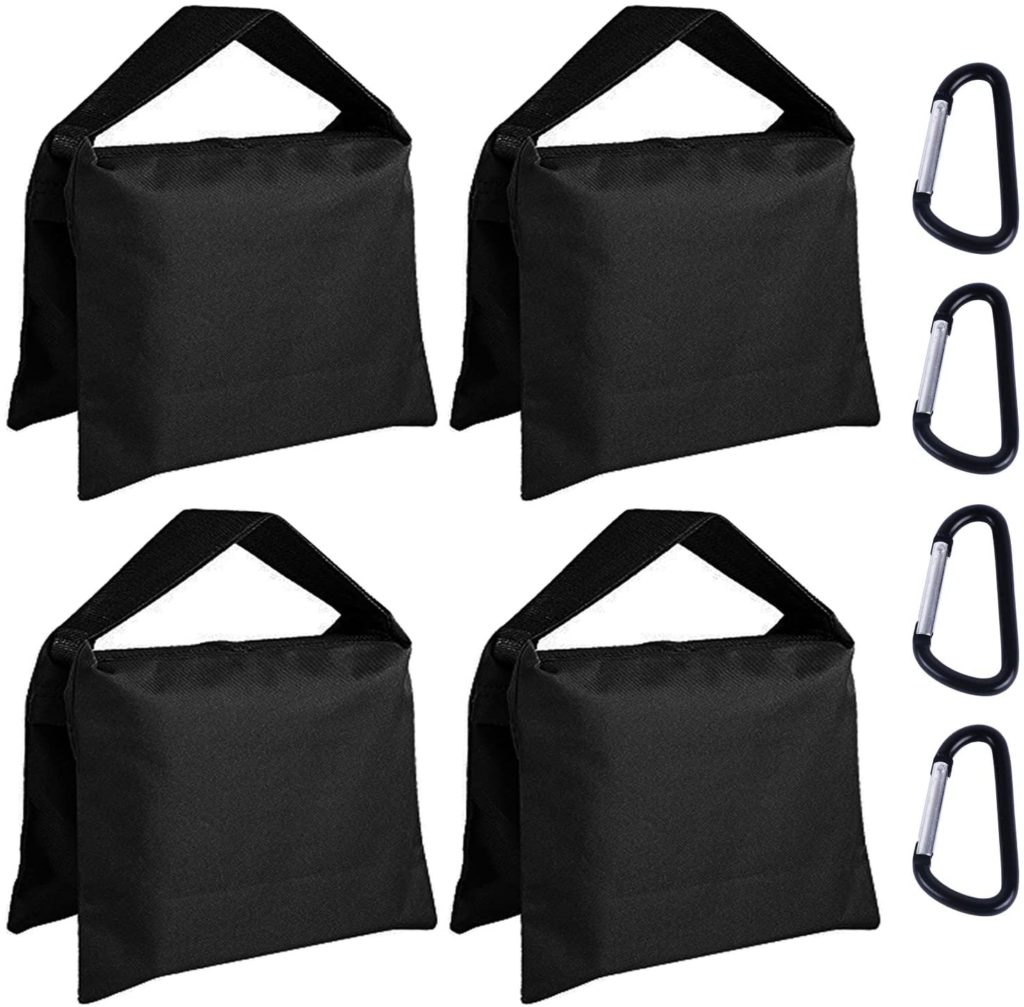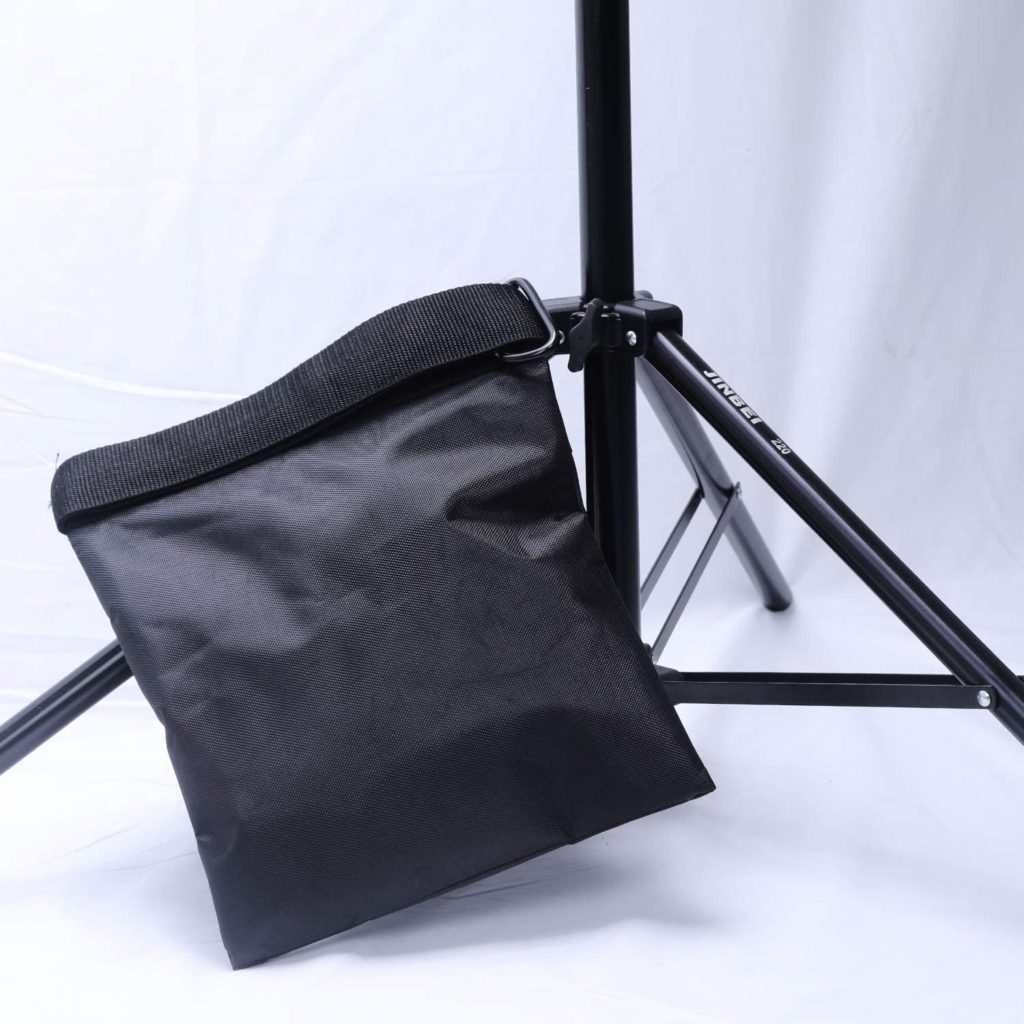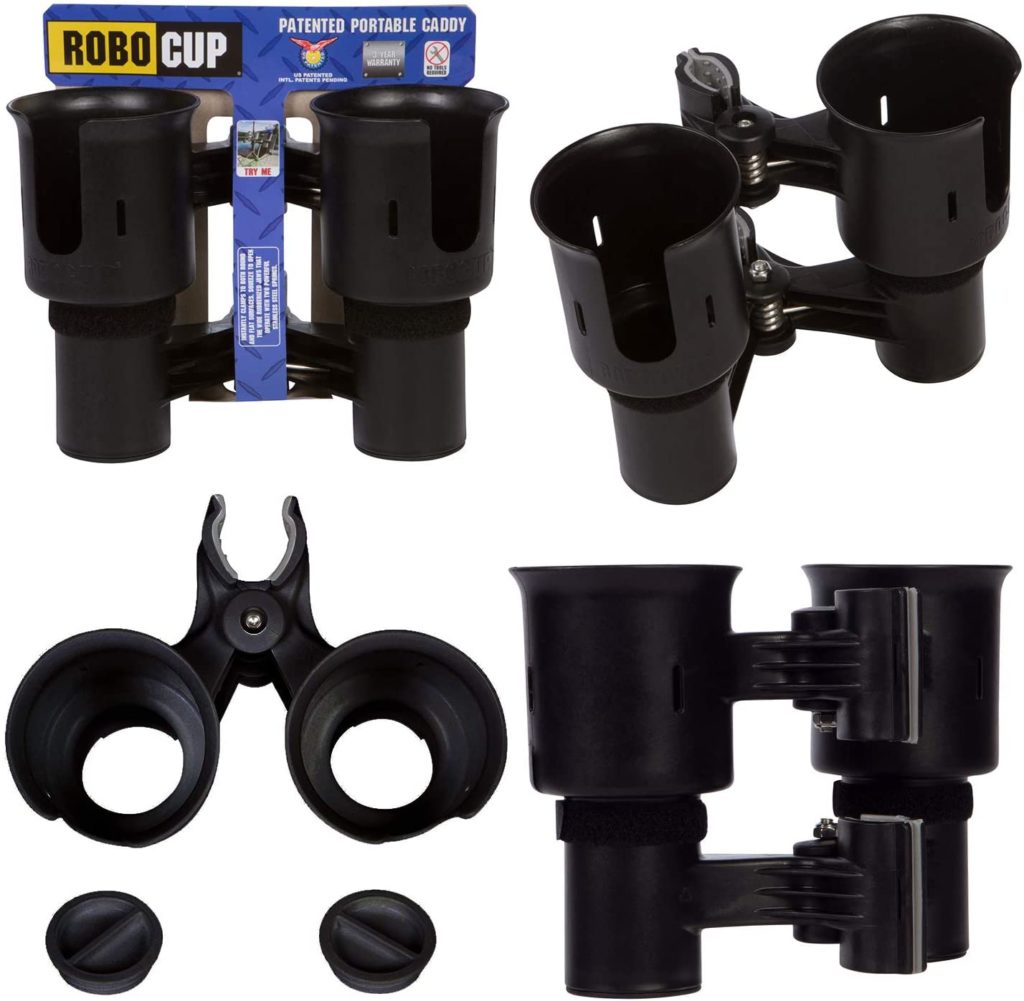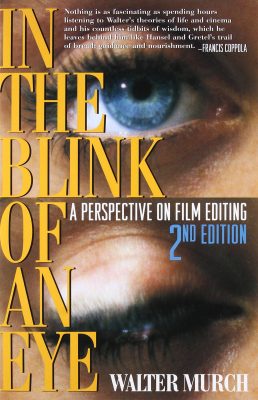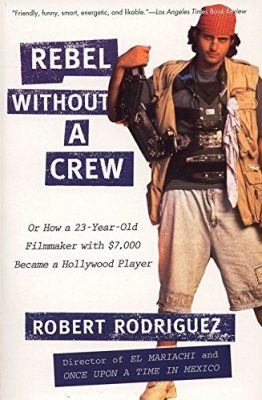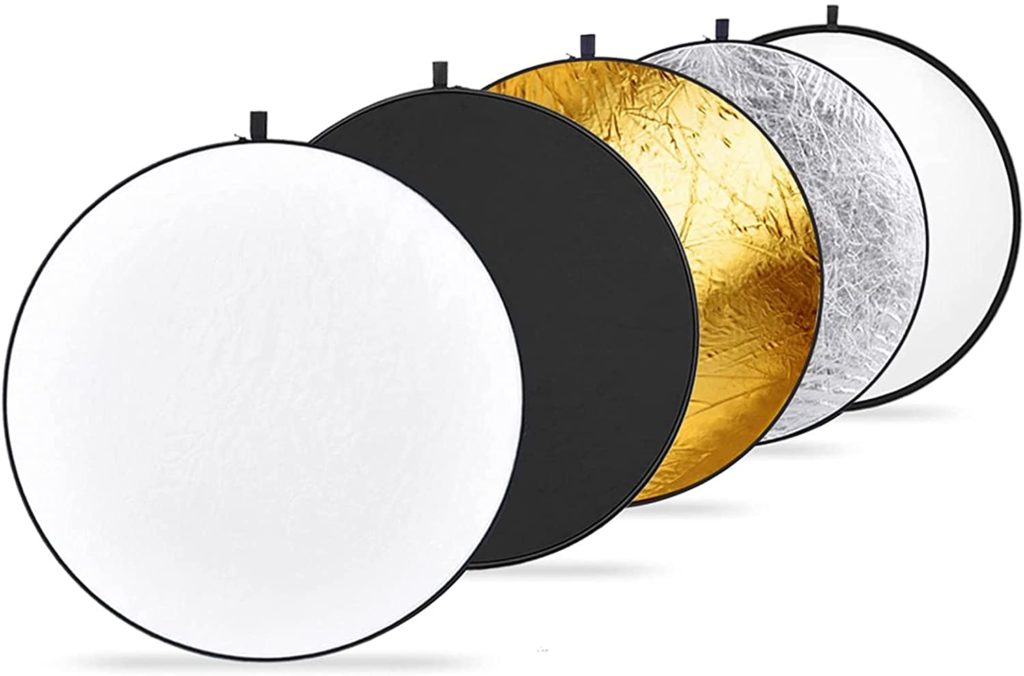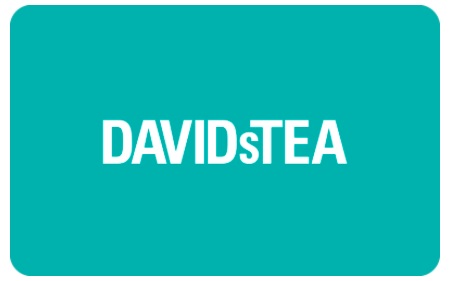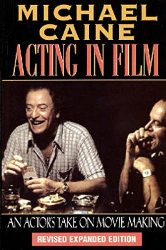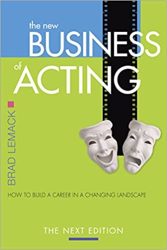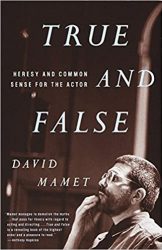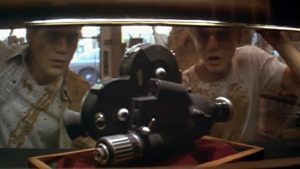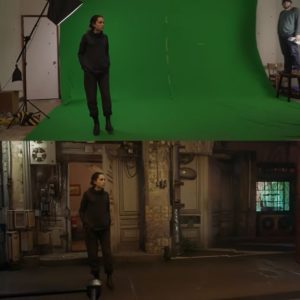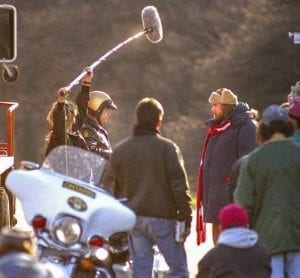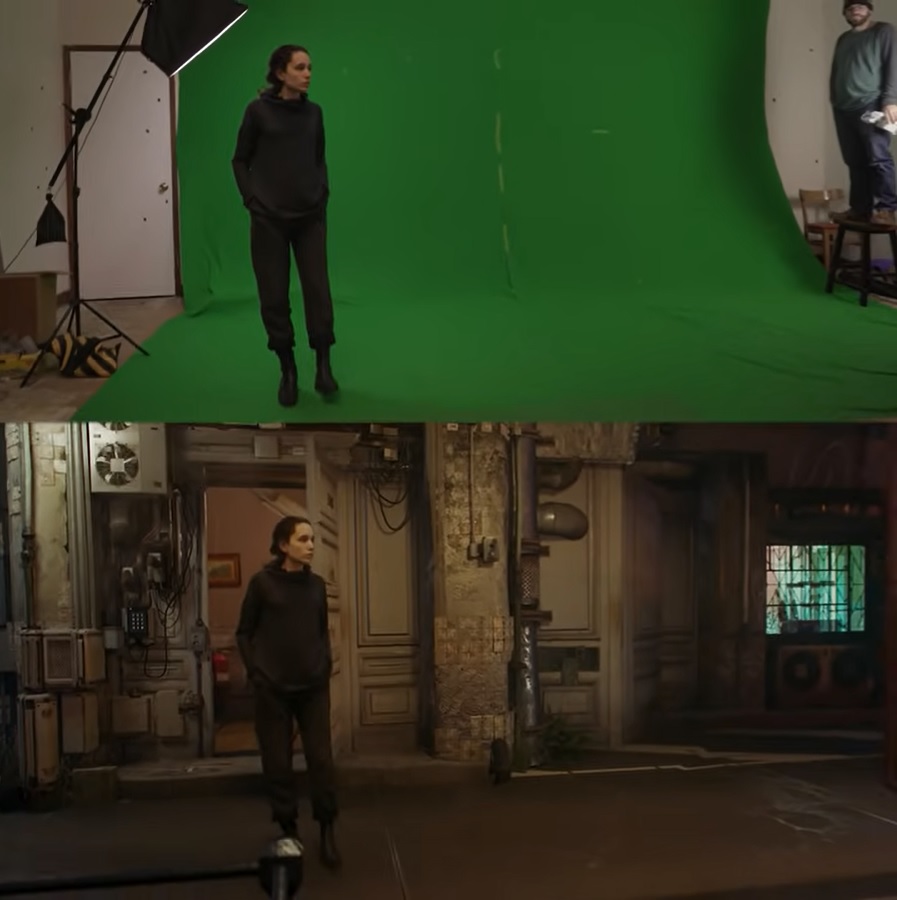
A lot of filmmaking equipment is expensive, but you still want to give your filmmaker friend or loved one a quality gift anyway. What is an affordable gift for a filmmaker?
You can gift a filmmaker a Criterion Channel subscription, a green screen, DIY sandbags, a Robocup, filmmaking books, camera batteries, gaffer tape, a reflector, a clapperboard, a camera work course, pay for their film festival submission, or a thoughtful gift certificate unrelated to filmmaking.
Details about how/why these gifts are useful, as well as relevant links where you can buy them, are given below. As an Amazon Associate I earn from qualifying purchases. This list was created based on consultation with multiple filmmakers so we hope it’s helpful.
1. Criterion Channel subscription ($10.99/month)
Note: the Criterion Channel is currently only available for North America.
The Criterion Channel is like a film school in itself where you can vicariously learn by doing from the world’s greatest filmmakers. The Criterion Channel is a streaming service like Netflix but for the most important movies in cinema from all around the world (restored to the highest levels) and those movies come with special features like documentaries about those films and commentary by the biggest filmmakers ever on what inspired them or how they achieved a certain shot or why they started filmmaking. In other words, you can have a 20-minute sit down with Oscar-winning director Guillermo del Toro about his favourite movies and why they inspired him, and then you can watch those movies right away. There is a joke that an Oscar is what people think filmmakers want, but what they really want is the Criterion closet. Now you can gift them that through the Criterion Channel subscription. You can see in the videos below how excited filmmakers get when they see what’s available in the collection.
To gift the Criterion Channel subscription, simply go to their website and click Sign Up and, upon checkout, select “Gift this subscription” and select how many months you want to gift it for, as shown below. It’s $10.99/month or $99.99/year. You can click on the image below to go that page. (Just keep in mind that the Criterion Channel is currently only available for North America.)
2. Green screen (e.g. $36)
Using a green screen opens up a world of possibilities for filmmakers. You can see the amazing power of green screens in the example below.
Of course, there’s more to it than just the screen but giving your filmmaker a green screen can inspire them to create and learn in that direction. The video above was made using a free software called Blender and you can see the video’s creator showing an overview of how the process works here: https://www.youtube.com/watch?v=lY8Ol2n4o4A
Also, if your filmmaker wants to learn how to use green screens better (e.g. if they want to learn how to deal with green screen lighting), here is a tutorial that has helped a lot of people: https://www.youtube.com/watch?v=OH8TWTt51W8
Below is an example of a specific green screen you can buy.
3. Camera batteries (e.g. $30)
Camera batteries are a great gift because you can never have too many camera batteries. It really helps to be able to film for as long as you want without having to worry about running out of battery power.
To buy a camera battery, you need to first know what kind of camera your filmmaker has, because you need to get the batteries that are specifically meant for that type of camera (similar to how if you were to buy printer cartridges you’d need to first know what kind of printer you’re getting them for).
4. Hollywood Camera Work: The Master Course (from $10)
Camera movements have a great influence over the feel of a scene. Just look at the example below of how the same scene feels completely different when the camera movement is removed.
By the way, as a free gift, you can recommend that YouTube channel – Hollywood Camera Work – to your filmmaker. They have some very useful videos.
That same company also has a course called The Master Course In High-End Blocking and Staging that filmmakers rave about. The excerpt below is an example of what would be found in that course. You can see that it’s a detailed explanation of a camera movement that illustrates the practicality of that movement using specific examples.
You can imagine how knowing all those camera moves and their effects can help your filmmaker make more interesting movies.
Additionally, this is a gift that can fit in a wide variety of budgets. The image below is a screenshot from their website and shows that you can rent one of the six volumes for $9.99 (so rent all for about $60) or you can purchase the whole course to keep for $329. For a link to their website, click on the image below.
5. Clapperboard (e.g. $35)
Filmmakers often don’t film scenes in order (it’s more efficient that way, because then you can do things like get all the scenes involving a certain actor done at the same time to avoid having to get this actor to come in on many different days). As a result, filmmakers end up with many video clips that they need to organize later. That’s where a clapperboard (also called a slate) is especially helpful: the clapperboard is shown at the beginning of the video clip and it has all the information about what the video clip is about, which makes organizing video clips easier.
The second function of a clapperboard is the actual clapping part on the top. It functions to create a loud, crisp sound to help synchronize audio from different microphones during the editing process.
If your filmmaker doesn’t have a clapperboard, then a clapperboard is a great gift. Just make sure to look through the reviews to make sure it’s a durable one and makes a nice and loud clap. The clapperboard shown below is one of the more affordable ones that tends to hold up longer than a lot of the cheaper versions.
6. Gaffers Tape (e.g. $22)
Filmmakers use gaffer tape – why don’t filmmakers just use duct tape? Because filmmakers sometimes need the tape near lights, which can get very hot, and gaffer tape has a considerably higher heat resistance than duct tape. Another great thing about gaff tape is that it doesn’t leave any residue when you take it off, which is why gaffer tape is often used to tape down cables on set so that no one trips on them and breaks equipment. The only problem with gaffer tape is that it’s kind of expensive, which is why filmmakers can find it to be a great gift.
The gaffer tape shown below tends to be well reviewed by those in the film industry.
7. Sandbags (e.g. $20 or DIY)
When you’re a filmmaker, you often have tripods with expensive equipment (like cameras) attached on top. You definitely don’t want those tripods to fall down and have your equipment break. What do you do? You get “photography sandbags” – basically these are just heavy bags that you put on the legs of the tripod so that the tripod stays put. The images below show what they look like.
However, in this case, the DIY solution might be better because, as the video below shows, many sandbags out there have the handle in the wrong place. When the handle goes across the middle, it makes it difficult to pick the sandbag up off the tripod leg. It’s more convenient to have the handle go from end to end so that, when the handle is pulled, the heavy sides of the sandbag are lifted off the tripod leg.
Making your own sandbags is fairly simple and inexpensive, as shown in the video below. They don’t even need to have sand in them – it can be anything heavy. Sometimes people just put rice or water bottles inside them. The important thing is that the sandbag should be durable (should not rip when constantly picked up and put down) and its contents should not leak (make sure that whatever is inside is in a sealed bag). You can use the video below as a guide on how to make your own sandbags (and you can even personalize them), just remember that tip above about what kinds of handles are more convenient to use.
8. Robocup clamp-on cup holder (e.g. $27)
Filmmakers often work long hours, in environments where they might not have tables nearby. To keep hydrated while keeping liquids away from electronic equipment, some people on film sets use Robocup drink holders. The video below shows how they work.
There are other clamp-on mug holders out there (for example, clamp-on mug holders with angle-adjustable clamps), but the Robocup specifically is much enjoyed on film sets (as you can see from its Amazon reviews if you search “film”). They come in different colours and, if you want worldwide shipping, you can order from their official website.
9. Filmmaking-related books
Books can be an amazing gift, but you don’t want to gift someone a book that they already have. What do you do? Give them a bookstore gift card together with a book recommendation. That way, you show them how thoughtful you were and, in case they’ve already read that book, it gives them freedom to get something else. Below are some books you can recommend:
- Master Shots books by Christopher Kenworthy
- In the Blink of an Eye by Walter Murch
- Rebel Without a Crew by Robert Rodriguez
We’ll describe these books below.
Master Shots books (e.g. $20 or $30 each)
These books describe various camera techniques that filmmakers can use to make better action scenes, dialogue scenes, and suspense scenes. They’re well liked by many. Critics of the books point out that it’s hard to learn about camera techniques from the books’ black-and-white photos, so you might want to suggest your filmmaker the Apple Books versions of these books because they come with video explanations. The disadvantage of the digital version is that it doesn’t go through all the techniques that the physical books do (e.g. instead of 100 techniques you get 25). Nevertheless, it could be a great gift for a filmmaker. In the video below, the author describes how the digital version of the books works.
Check price and reviews of the books by clicking the links below. Keep in mind that, as mentioned above, the books on Apple Books have different content from the books elsewhere.
Master Shots Book 1:
Master Shots Book 2:
Master Shots Book 3:
In the Blink of an Eye (e.g. $14)
This next book is a classic and it is about things to think about when editing. You learn about techniques such as how to direct the viewer’s eye to where you want it to go. The video below gives an example.
The book has been around for a long time, and some critics say that some of the processes described are outdated; nevertheless, even the critics admit that the book contains some great info. The book remains a favourite among filmmakers.
Rebel Without a Crew (e.g. $15)
I know a filmmaker who says this book is his favourite book ever. I also know another filmmaker who doesn’t like this book. This book can get people motivated as they read about this young filmmaker who overcame challenges and went even as far as subjecting himself to medical testing to raise money to create a film, a film that was well-made enough that it ended up getting picked up by Columbia Pictures. Critics of the book state that the book is somewhat misleading as some of the methods used in the book would not work today and that some significant costs were not accounted for (such as post-production costs and the cost of equipment that people already happened to have). Another criticism has been that half the book is simply the script to the movie that was made. However, those who like the book tend to feel very strongly in its favour, and feel that the book didn’t only help them with filmmaking but also with other things, such as creating their own business, by giving them the motivation to get things done.
In any case, you might want to show your filmmaker the videos below. The first is the author’s detailed explanation of the various techniques he used to make his film while minimizing costs, and it has lots of information that could be useful in creating low-budget films. The video also shows original footage (that was sent out to studios) before it was edited by Columbia Pictures.
In this second video below, the author gives some general principles and motivates people to go out and create films.
Here are the links to the book if you would like to gift or recommend it to your filmmaker.
10. 5-in-1 reflector (e.g. $37)
If you’re filming indoors, beside a bright window (to get that nice, natural light), how do you get just the right amount of shadow? Shining a light from the other side might lead to a mismatch in the light colour, and it can also be expensive. The effective and inexpensive answer is to use a reflector (also called a bounce). The first video briefly shows the example with the window. Reflectors typically come in a 5-in-1 set, and the second video below gives more details about how the different parts work.
The image below shows a great example of a 5-in-1 reflector and, as you can see from its Amazon reviews, it has often been used for filmmaking purposes (you can search the reviews for the word “film”).
11. Film festival payment (e.g. $20 or $60)
Did you know that you can help your filmmaker win an Oscar even if they’re not famous? The way the Oscars work is they pick nominees from film festival winners around the world, and you can help by paying for your filmmaker’s submission for a film festival. In the video below, you can see how Peter Capaldi describes how he unexpectedly got an Oscar for a short film back when no one knew who he was.
How do film festivals work? Basically, you can think of a film festival like a competition where you pay to enter (something like $20-$60) and, if they like your film, then they show it at their film festival event, leading to possible awards and possibly influential people seeing the film. Film festivals can range from small local festivals to big ones.
When you pay to submit your film to a film festival, it’s not a guarantee that they’ll accept it. For example, some of the big film festivals like the Sundance Film Festival might have only a 1% acceptance rate; smaller film festivals have higher acceptance rates, especially if you’re local, so it might help to submit films to festivals in your state/province. You’re basically just paying for their time as they watch the film to see whether they want to show it at their festival.
However, regardless of whether your filmmaker’s film gets accepted into the festival or not and whether it wins any awards or not, paying for a festival submission can be a great gift because it gives the filmmaker a deadline to get something done by, motivating them to make stuff instead of just thinking about making stuff. This gift of motivation is helpful because the experience of making more films helps filmmakers get better at their craft.
Where to find film festivals and submit to them? Go to FilmFreeway.com and click on “Browse Festivals” and from there on you can narrow your search criteria. The screenshot below is what you get if you scroll down and click on the image for Academy Award Qualifying Festivals. But again, you may just choose to submit to smaller, local film festivals (you can search by location in the search bar).
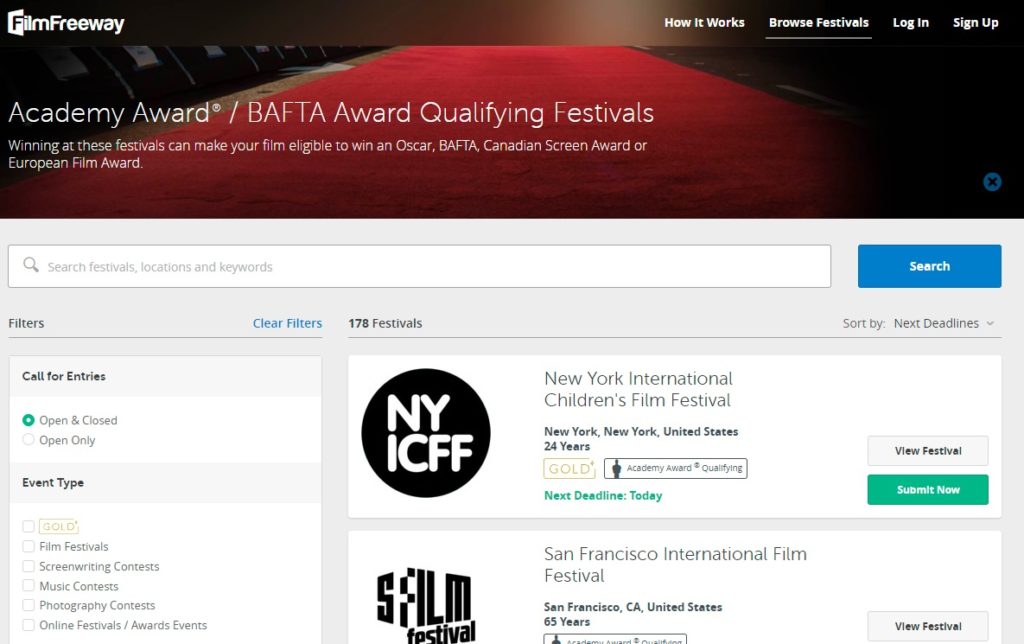
Where to find the submission cost? First, click on the festival name and you’ll be taken to a page with all the details (e.g. submission rules, reviews, etc.). Next, underneath the “Dates & Deadlines” section, there’s a section called “Categories & Fees” and, once you click on a category (such as “Short film” or “Short documentary”), it shows you the cost to submit that type of thing. An example is shown below.

How to pay for your filmmaker’s submission? There is no built-in payment-gifting mechanism, as far as we know. You can just give your filmmaker cash and tell them that it’s meant to be used on a film festival submission. Then, when they have a film they’re ready to submit, they can do so.
Note: your filmmaker might have to create a custom film for the film festival, because different film festivals have different rules. For example, some film festivals only want films that have never been shown elsewhere before, different film festivals have different film duration requirements, and there may be other rules. For example, at the 2022 TAPFest film festival, one of the rules is that the film should include some dialogue in Spanish or Italian. It is a good idea to choose a film festival first, look at their requirements, and then create the film.
12. Gift certificates not related to filmmaking
As you’ve probably noticed by now, a lot of filmmaking equipment is expensive, so your filmmaker probably doesn’t have a lot of extra money to treat themselves. This is where you can help. What kinds of gift cards would your filmmaker consider a treat? Perhaps it’s for a coffee shop, bookstore, or maybe something completely different like a live performance or a national park pass. This is also your chance to show your dear filmmaker that you know them beyond their filmmaking.
And if you have some additional flexibility with budget, check out the article about more gifts you can give to filmmakers.
If your dear filmmaker is also an actor, you might also be interested the article about gifts for actors.


